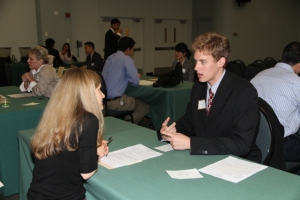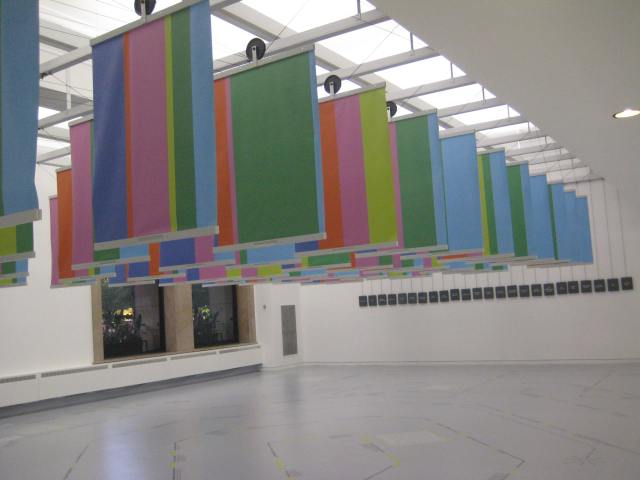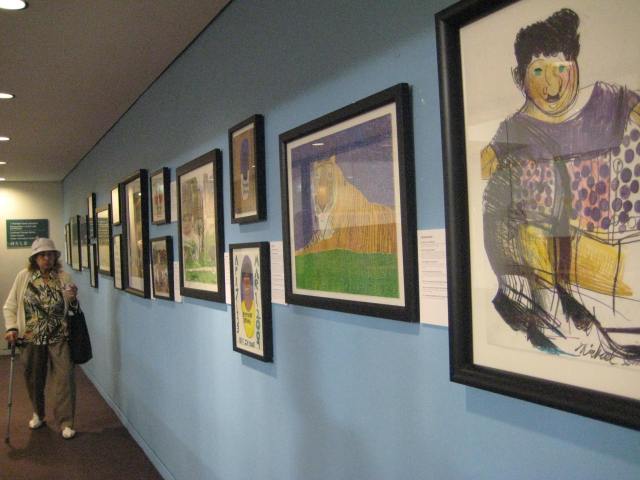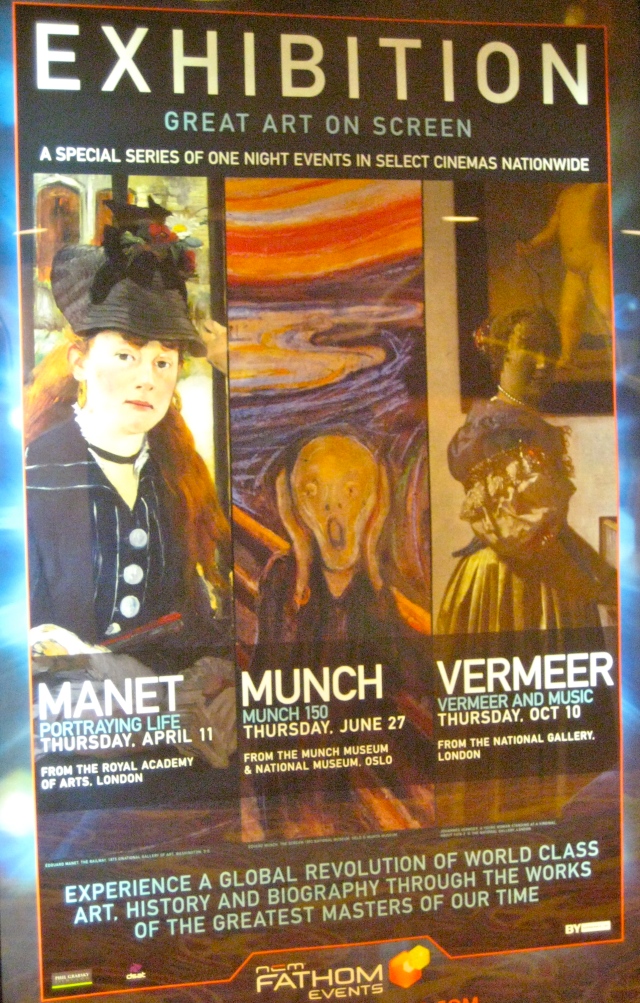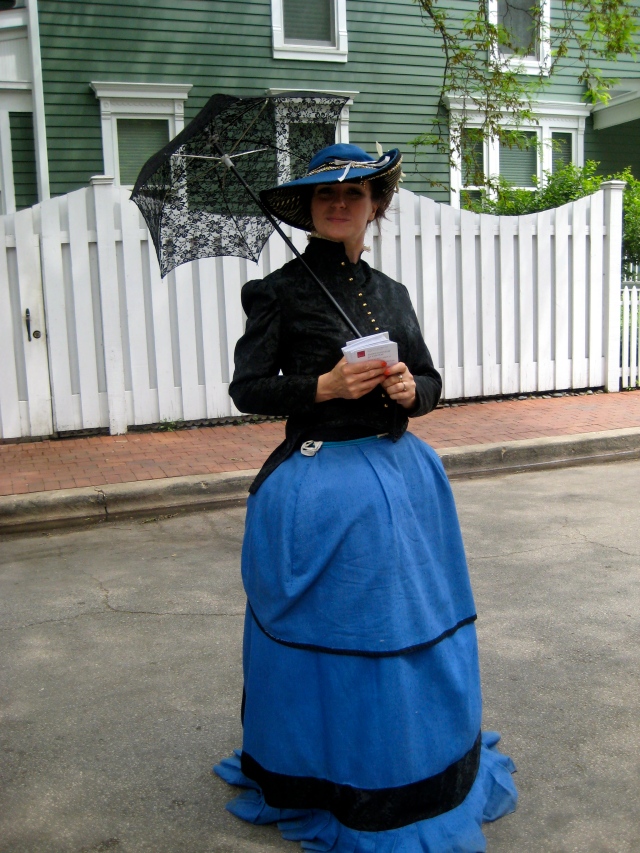The recent Hyperallergic photo (see right) about what NOT to do with kids in a museum has got me thinking. A ton of negative press – about the child, the child’s guardians, and children in museums in general – was thrown around in the weeks after the image appeared online. Yes, yes, the photo made me cringe a bit. But, children breathe life into museums. Education (for all ages and abilities) should be at the core of every museum. Instead of wasting energy criticizing, why don’t we, as museum professionals, take a moment to better understand our institutions and the role that they play in this argument. Instead of What Not to Do with Kids in a Museum, let’s ask ourselves what we can do to make our institutions inviting and safe places for all.
I recently authored a short article for JMKAC’s Preschool Press, a newsletter of resources for families in the Arts Center’s arts-based preschool program. The goal? Art engagement inside AND outside of the classroom. This below list of tips, a “note for grown-ups” of sorts, has been handed down to me through the education department. Active art engagement in the galleries helps parents feel a greater sense of ownership over the spaces they occupy. When parents understand how to connect with their child and the art, they are more likely to treat it with respect. This is by no means a comprehensive list! What else do you think I should add?
The best way to help children learn about art is to:
- Follow the child’s lead.
- Encourage them to look carefully.
- Listen to their ideas about what they see without judgements.
- Respect their ideas and opinions
Try these simple questions to spark a conversation with children:
- What’s going on in this picture (image) (sculpture) (piece)?
- What do you see that makes you say that?
- What more can we find?
Remember that there are no right or wrong answers. Open ended questions (such as those above) allow for creativity and exploration when looking at art. They can also be used throughout your day to day adventures inside and outside of museums!
Source: Visual Thinking Strategies
·
·





